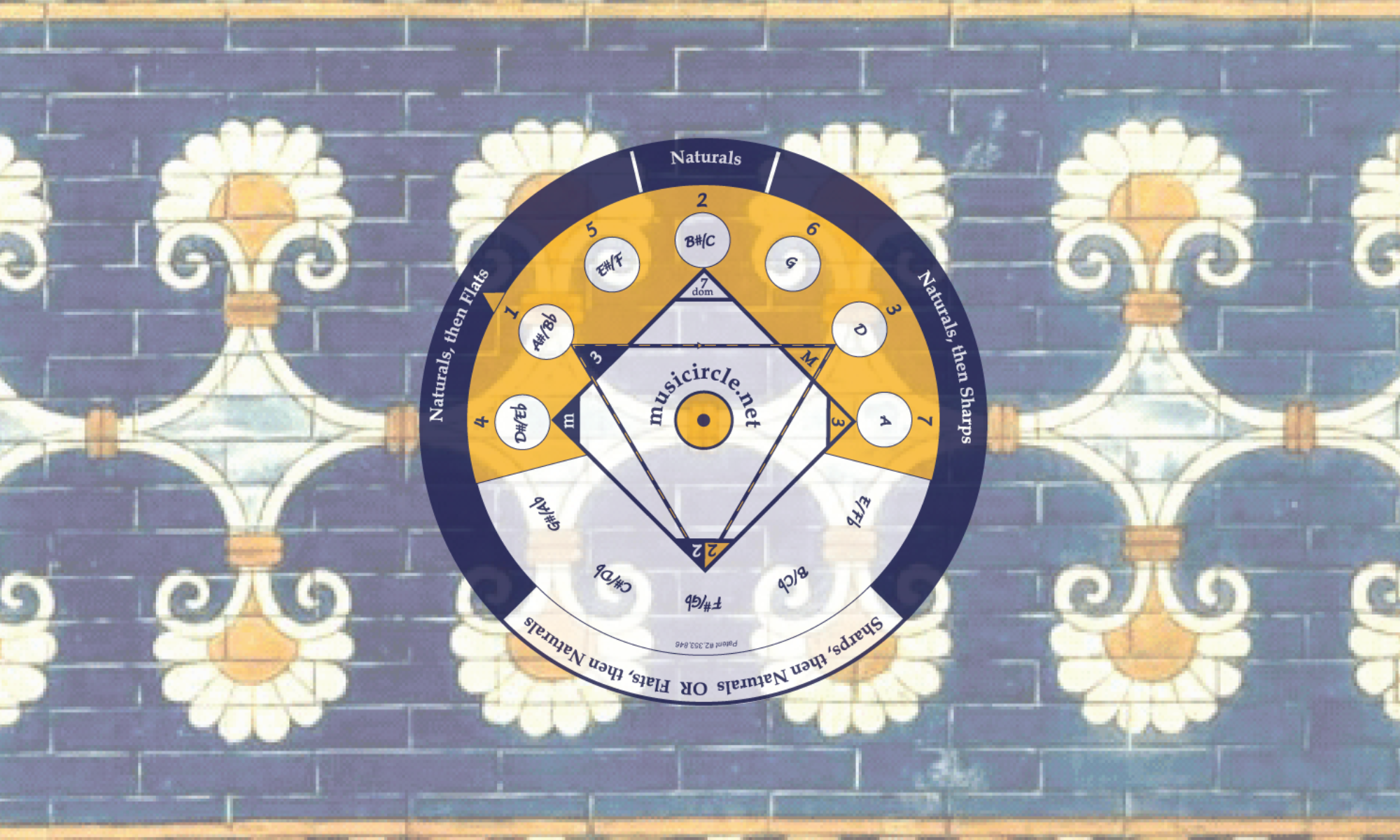According to author and Oxford/Cambridge professor C. S. Lewis, we can’t understand the seven liberal arts (the subjects that traditionally made up an education) without understanding how our ancestors pictured the universe. This is especially true for the study of music. Music of the Spheres for Children is based on this premise.
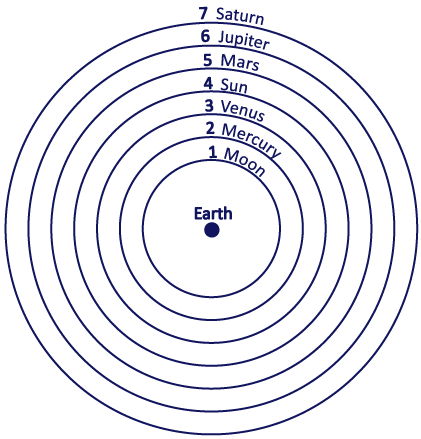
Students study the movements of the sun, moon and visible planets (Mercury, Venus, Mars, Jupiter and Saturn) as they appear to an observer on earth, noting the various speeds of these seven “Wanderers” through the zodiac constellations. As the Wanderers move through the zodiac, students record their changing elevation.
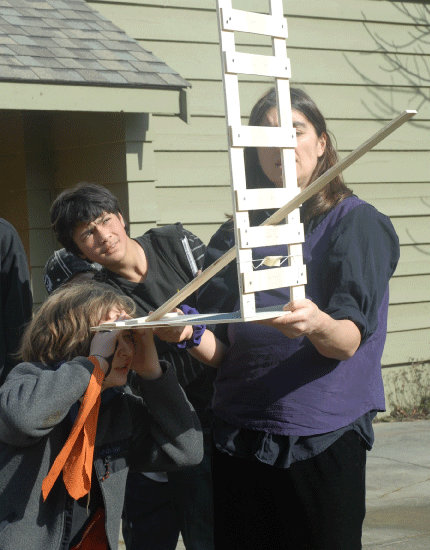
Students make a classroom-sized representation of this model, personifying the seven Wanderers and the Zodiac constellations. The children memorize speaking parts, becoming familiar with their own “character” while learning from their peers about the rest of the cast.
Each classroom lesson becomes the scene of a play – Music of the Spheres – to be performed for the community. The audience learns that the days of the week are named after the seven Wanderers, but not in the order of their speeds as seen from earth. Instead, the week arranges the Wanderers using the sequence 4,1,5,2,6,3,7 – a sequence found in music.
In the play, the students use a thirty foot bungee cord to represent a musical string, subdividing it, as the ancients did, to generate the twelve notes that fill the octave. During this process, they derive the week-day sequence. The students then play copper pipes, each tuned to one of the twelve chromatic notes. The seven Wanderers select seven notes from the circle of fifths, using the week-day sequence. When these seven notes are played the audience understands the origin of the major scale.
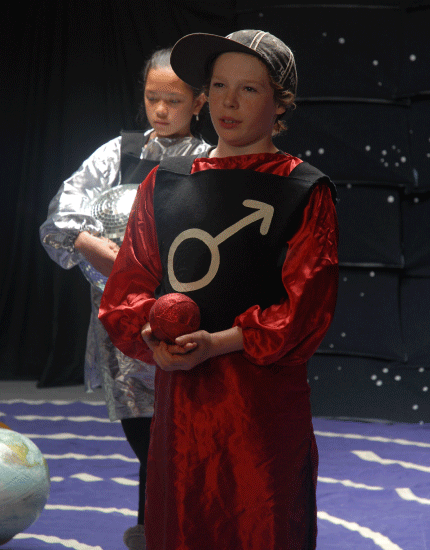
In essence, the students create a model of the Musicircle, a tool that teaches music theory. When the students are introduced to the Musicircle in the classroom, they already feel familiar with it, identifying it as a musical model of the geocentric universe.
In the Music of the Spheres play, the children share their knowledge, teaching the audience about the ancient roots of music theory and its importance in various spiritual traditions. For the finale, the Zodiac use their pipes to play Pachelbel’s Cannon while the Wanderers circle in their spheres, creating an audible and visual representation of the Music of the Spheres.
This workshop offers an exciting opportunity for cross-curricular learning. The students integrate their studies of music theory, astronomy, mathematics and geometry (the ancient Quadrivium) while using their reading, writing and performance skills to put on the Music of the Spheres play.
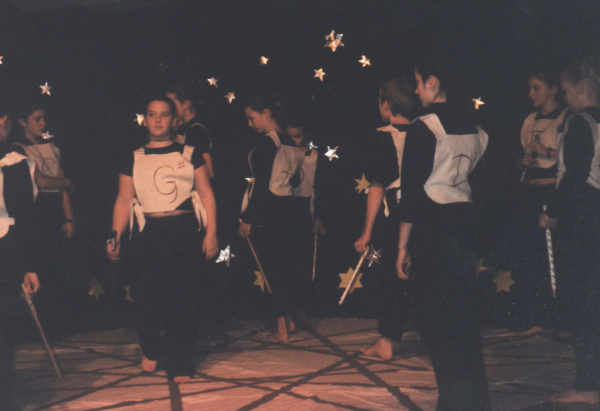
For more information about this workshop, click here.
Many thanks to Artstarts for funding this workshop.
